NBA card collecting - the history
Hey all, just thought I’d put together a bit of a primer and history on basketball card collecting – for the long-term collectors this info should be nothing new, but may be of interest to the new collector on those coming back into it after a hiatus. I first started collecting during the boom years of the early 90’s in Australia where the NBA craze was everywhere, and came back to the hobby in the late 2000’s after picking up a pack for nostalgia’s sake in a local store and hitting a Kobe Bryant game-used jersey card
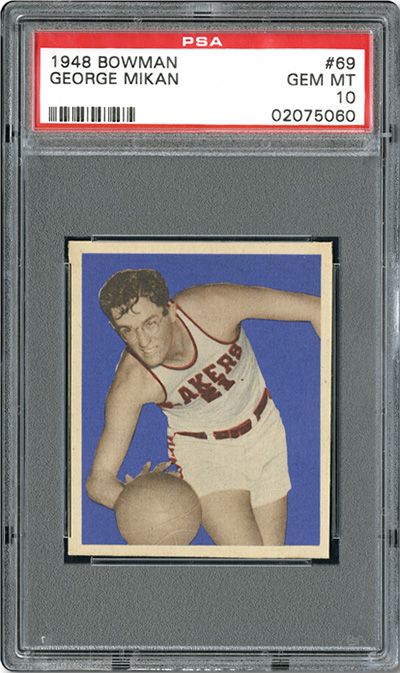
The 1948 Bowman set was the first official set of basketball cards which was released, with the George Mikan rookie card as the standout of the set in terms of value (still holding up well into the thousands of dollars for good quality examples). The next 20 years saw only two releases of official basketball cards (57-58 Topps and 61-62 Fleer), but some other cards were produced in that time by small private manufacturers (such as premiums in cereal boxes or from gasoline companies or other businesses).
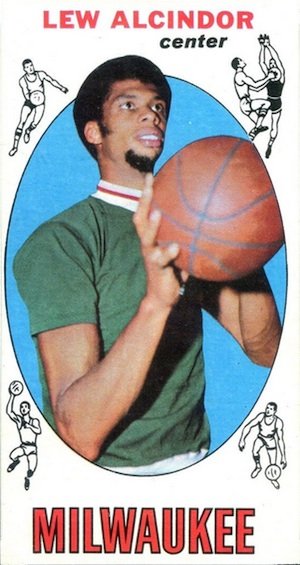
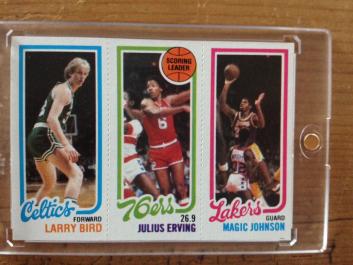
Regular production of basketball cards started again with the 1969-70 Topps set, who maintained releases each year until their 81-82 release and included players from both the NBA and ABA until the two leagues merged in 1976. The Topps cards underwent a few different designs through the decade, from the tallboy cards of their first couple of releases to the perforated triple-card design of the iconic 80-81 set (which included the sought-after Larry Bird/Magic Johnson double rookie card featuring Julius Erving).
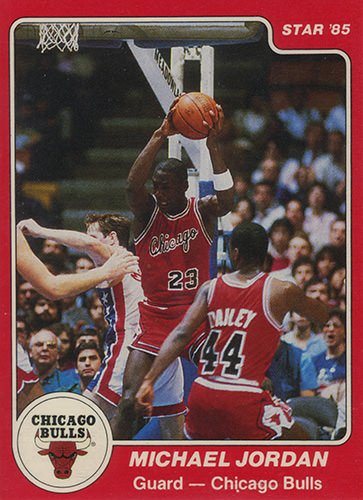
Topps stepped aside from production after the 81-82 set, and once again there were a few smaller releases of cards from different companies, but Star took up the reins with their 83-84 release and in subsequent years they were first to market with rookie cards of the biggest names of the 80’s including Michael Jordan (the Star Jordan rookie regularly sells for a much higher price than the better-known Fleer card).


Fleer returned to the market in 1986 with a set full of stars and rookie cards for players who had entered the league over the previous years, including the aforementioned Jordan. The set is known for problems with centering of images (i.e. the location of the player picture means uneven borders) and chipping (easy flaking or damage to the surface of the card exposing the stock underneath), but this was improved in releases over future years.
The 1990’s were the boom years for the hobby as the league had come to greater international prominence in the 80’s and a range of new card manufacturers such as Upper Deck, Skybox, Hoops, and others joined Topps and Fleer on the shelves. Unfortunately this glut of mass-production reached a peak and the bubble burst as demand dropped, reducing the value of cards made in this period (apologies to those who invested in these cards hoping for a retirement nest egg).
There were some further design innovations with cards during this time, but the introduction of autographed cards, low-numbered inserts, and cards with pieces of game-worn jerseys and other material in the late 90’s were the first steps towards the card market as it looks today. Previously the highest valued card of a player was their rookie, but this provided a new market and a new connection to a collector’s favorite player.
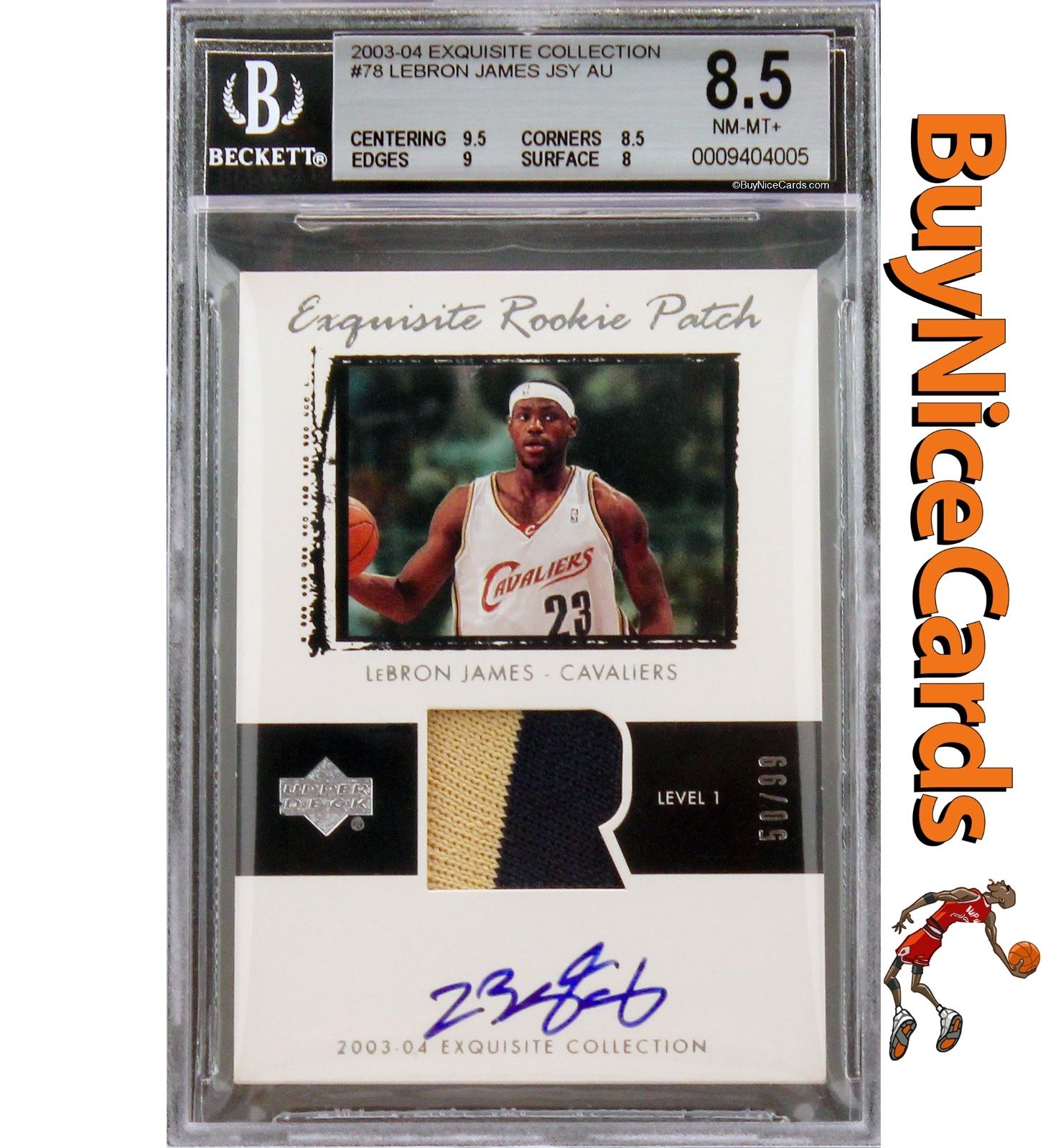.jpg)
2004 saw the introduction of another feature of the modern market, the ultra-high-end product as exemplified by Upper Deck’s ‘Exquisite’ release. The initial price point of $500 per 5-card pack was unheard-of, but featured low-numbered jersey and autograph inserts from the stars of the game as well as the very strong rookie class headed up by LeBron James. Unopened packs from this set can now easily fetch thousands of dollars.
In January 2009, the NBA announced Panini would become the exclusive trading card partner of the NBA, ending Upper Deck’s position as the primary producer of basketball cards. Upper Deck’s 2009-10 season releases were the last they produced for the league, but they were able to produce college basketball card sets for the next few years featuring big-name stars and new rookies with pics and stats from their collegiate days. In 2015 the collegiate basketball card license was also granted to Panini. Because Upper Deck maintains exclusive agreements with Michael Jordan, LeBron James, and Ben Simmons this means the only autographed cards available from them can now be found in Upper Deck’s Goodwin Champions multi-sport/non-sport card sets.
Well, that brings us up to today and I hope it’s been interesting and informative! Let me know your thoughts or feel free to chat about your own collections too!
I remember collecting them in the late 80s and 90s. I remember opening one super pack that had all rare cards in it... some shaq card that was worth like 80 bucks or something at the time lol... I think I may still have it somewhere.
Some have kept their value fairly well, and there's still a market out there for rarer 90's inserts in good condition :) I think Shaq was a big influence on the 90's card boom as well